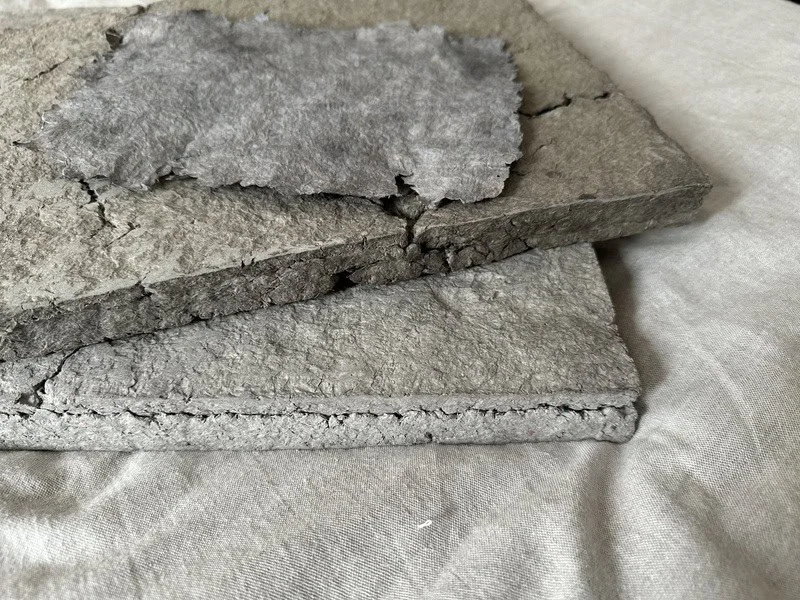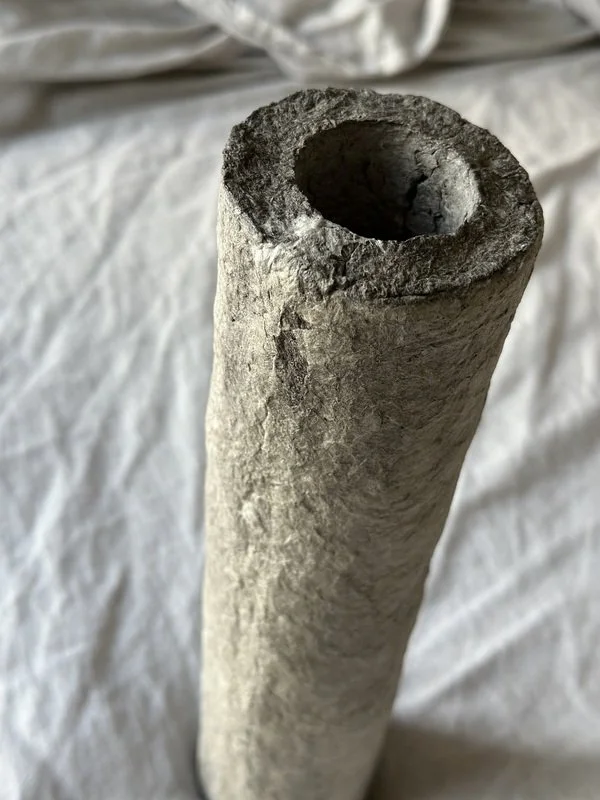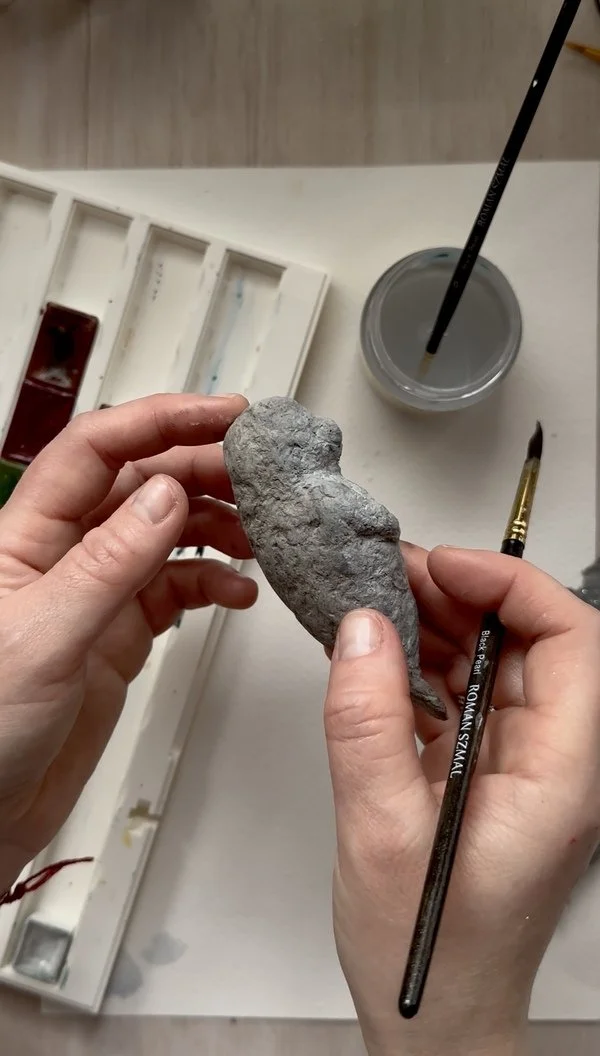Grey Matters: How to Avoid Colour Surprises in Your Paper Pulp
So, you’ve got your project going.
You’ve torn up the newspapers, blended them nicely, and you’ve got your pulp ready. Time to start shaping!
But wait — once it’s dry, you notice something odd: one layer’s grey looks different from the next.
How? Why? Nobody told you about this.
Well, now I will.
1. Why does the shade of grey even matter?
Because "grey" isn’t just grey. Different types of paper have different tones, textures and ink coverage — and that affects your final colour. If you're working on a piece where colour consistency matters (a collection of bowls, a lamp, a mirror frame), a subtle shift in tone can totally break the look.
2. One newspaper is not like the other
Even if you use six random newspapers from the same week, you can easily end up with two (or more) noticeably different greys. Why?
Because of:
ink density and type (colourful ads, heavy black prints),
different paper quality,
different levels of bleaching and fillers.
All of this plays a part in how your pulp turns out.
3. Try this: two sets = two colours
Do a quick test: split your six newspapers into two groups — say, local paper + free ad flyer in one, and a national daily in the other. Blend them separately and let them dry.
You’ll see the difference. Maybe one will be a cooler grey, the other warmer, or just darker.
And sure — if you're planning to paint everything later, it's not a big deal.
But if you're going for that raw, natural paper look... it can be a surprise.
4. Why it can become a real problem
In bigger projects, it’s unlikely you’ll get everything done with one single batch of pulp.
At some point, you’ll need to make more — and even if you’re using the same type of paper, the shade might still shift. Maybe it’s darker, maybe dustier, maybe with more ink residue.
If you don’t mix it properly with the leftover pulp, the difference will show up — as patches or uneven sections — especially once it dries.
5. So how to keep your grey consistent?
Here’s what works best — blend new batches into old ones.
a) Make more at once (if you can)
Start with a big enough batch to cover as much of your project as possible. Even if you don’t use it all at once, you can store the rest in a plastic container with a lid — it’ll keep for several days without drying out.
(Side note: even using the same newspaper — like Metro — doesn’t guarantee the exact same shade every time. Some editions might have more black-heavy ads, more ink, or different paper stock.)
b) Never add a fresh batch “as is”
If your pulp is running low and you need more — don’t use a fresh batch on its own. Always mix it thoroughly with your remaining pulp. Think of it like feeding sourdough starter — it keeps the tone consistent and avoids sharp transitions.
c) Stir before every use
Even within one container, pulp can settle and separate. Always give it a good mix before scooping, so the colour and texture stay even.
d) Don’t switch batches cold
Using one batch for one part and then a totally new one for the next will likely result in visible changes. You’ll see where one ends and the next begins — especially after drying.
6. Can you use colour variation creatively?
Absolutely. Different greys don’t have to be a problem — they can become a feature.
Try layering tones, creating gentle gradients, or letting the pulp tell its own story through colour.
You could make bowls with ombré effects, or wall pieces that shift subtly from top to bottom.
Treat pulp like a material that has colour, not just texture.
7. When does colour not matter at all?
If you’re painting, staining or decorating later — you don’t need to worry much.
But even then, remember that a darker base might affect the way lighter paints or pigments look. You may need more layers to get the effect you want.
8. Final thought: Know your pulp
Stop thinking of newspaper as “just grey”.
Each piece has its own tone, energy and feel. And knowing that — noticing that — can make your work sharper, more intentional, and way more satisfying.









